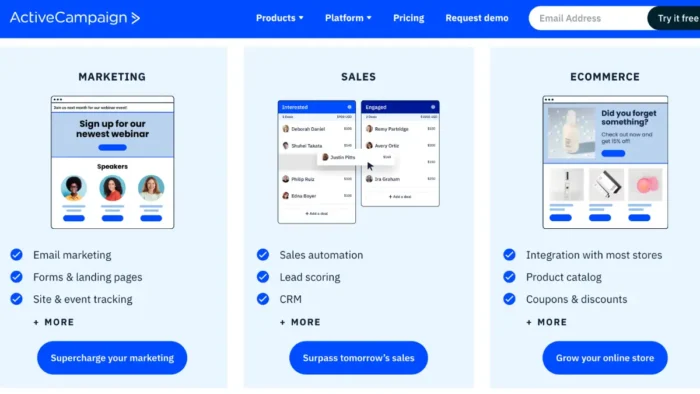Digital transformation is one of the main trends in most industries, and healthcare is no exception.
Today, more and more medical institutions are looking for how to build an EHR system to meet their needs.
Digitizing and storing all patient data in a virtual environment provides several benefits and makes treatment and patient monitoring more efficient. With this approach, data is collected and accessed in real time. This greatly simplifies things for both doctors and patients. Also, it speeds up many processes and eliminates unnecessary bureaucracy, positively affecting the healthcare industry, the accessibility of medical services, and the interaction between the doctor and the patient.
Electronic Health Record (EHR) systems come in different types to meet specific needs. Because of this, some medical institutions may find it difficult to determine which type of EHR system is needed in their particular case. One of the reasons for this is that today’s EHR systems do not have a universal format, so medical organizations have to look for software easily adapted to their existing needs.
So, let’s take a closer look at an EHR, its benefits, and what types of systems are available to healthcare providers today.
What Is An Electronic Health Record?
Conceptually, the Electronic Health Record (EHR) is a comprehensive system for storing patient data (such as medical history, procedures performed, drug names and dosages, etc.).
Physicians can use these systems to access patients’ data and track their medical information.
By storing all essential data in one system, clinicians can:
- Communicate and interact with patients more effectively;
- Share information quickly and easily with other healthcare professionals;
- Get all the necessary information in a few clicks;
The use of EHR systems in healthcare can significantly improve the quality of medical services, create effective treatment plans, and increase the speed of response to changes.
Why EHR Systems Are Valuable For Healthcare Providers
One of the main advantages of EHR systems is that this technology allows physicians to share information between multiple healthcare providers seamlessly. Thus, doctors can quickly get all the details about laboratory parameters, which ultimately contributes to the patient’s overall health improvement in the long term.
In addition, EHR system implementation makes it easier for doctors to access their patients remotely. Thus, doctors can learn about various changes and errors much earlier, allowing them to adjust the patient’s treatment plan and respond to danger in time.
Using digitalization, EHR systems are an attractive option and a worthwhile investment for healthcare providers, as EHR can significantly improve the quality of patient care.
3 Types of EHR Systems

As mentioned, there are several types of EHR systems, each with its own differences and tasks it solves. The most common types of EHRs include:
Physician-Hosted
It is the traditional model for EHR programs. Conceptually, such a system means all patient data is stored on the physician’s or organization’s server.
Therefore, the medical organization is responsible for purchasing the hardware and software to implement this type of EHR. Also, this applies to maintenance costs and data security.
Physician-hosted EHR systems can be costly. However, they are great for large medical practices. In addition, having your local servers improves system performance and provides increased security in this case.
Remotely-Hosted EHR System
This type of EHR system is the opposite of physician-hosted. Using a remotely-hosted system means all patient data is stored on third-party servers.
In this case, the service provider assumes all costs and responsibility for maintenance, data backup, and security.
Remotely-hosted EHRs are best suited for smaller practices and organizations that focus more on collecting data than storing it.
This is a cheaper alternative to the physician-hosted EHR system. However, it is worth choosing only trusted service providers who can guarantee reliable protection of patient data.
Remote
This type of EHR is divided into three subcategories, which have their own differences:
Cloud
It is the most popular type of remote EHR system. With this approach, all data is stored on a secure cloud provided by a third party. Thus, the doctor or organization does not need to use their servers, and medical staff can easily access the necessary information through the website or application.
Subsidized
This approach means cooperating with a third party that subsidizes the cost of an EHR system. Most often, this interaction occurs between the doctor and the hospital providing access to the data.
Dedicated
This type of EHR means the patient’s medical records are stored on the provider’s servers. With this approach, doctors cannot control most aspects of data storage, but they can access it.
Final Thoughts
Today, there are several common types of EHR systems. Each of these has its advantages and disadvantages.
At the same time, data digitization and easy access to patient information greatly simplify medical practice and interaction between doctor and patient.
That is why the cost of developing your own EHR systems is an excellent long-term investment since this type of software can significantly improve the quality of medical services.
Learn more about healthcare EHR solution development at Ralabs.





